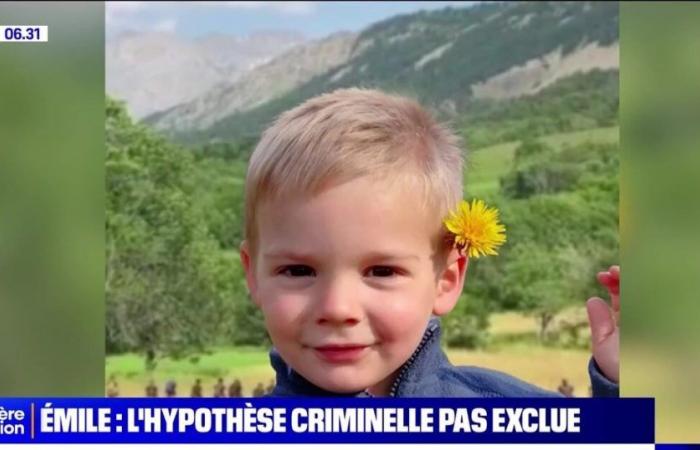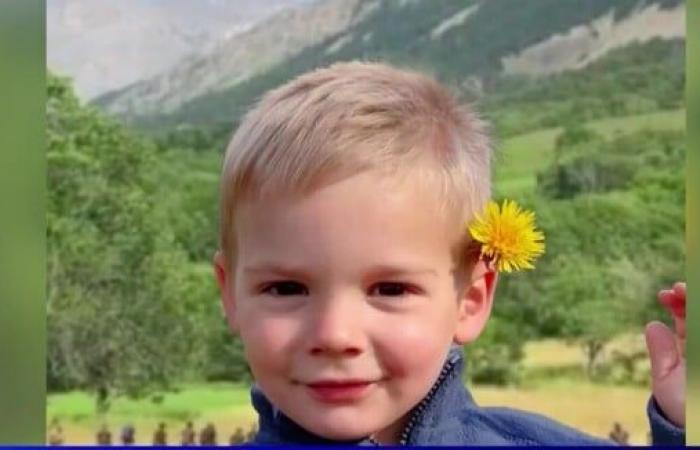By Louise Martin | Editor
Koh Lanta, Les Marseillais but also Married at First Looks… Louise Martin is a televore who tries, in her spare time, to remake the cakes she admires in front of the Best Pastry Chef… but she is not likely to win the blue apron! Social networks have no secrets for her, the latest scoops, the latest shows, she knows them all. She scrutinizes the lives of your favorite stars and admires Nicky Doll’s outfits a little too much in Drag Race France. Little neck pleasure
Since the disappearance of the two-year-old boy in a hamlet in the Alpes-de-Haute-Provence in July 2023, the mystery of his death remains unsolved. New analyzes from the scientific laboratory were released a few days ago and could significantly advance the case.
Case of little Emile (2 years old): the grandparents’ lawyer makes a revelation about the DNA samples

The rest after the ad
On July 8, 2023, little Emile, two and a half years old, disappeared in Haut-Vernet. For several months, the investigation seemed to stall. Until that famous day in March 2024. A 62-year-old walker, Sadia, discovered bones on a trail in Vernet. “I see the little ball, the skull, all white. And it’s centered, right in the middle. I said to myself: ‘Oh, it’s little Émile‘”, she tells France Info this Friday, September 27. She takes the skull with her, wrapping it in a small bag so as not to leave her fingerprints on it, and immediately drops it off at the police station. The investigators’ analyzes confirm: the piece of bone does indeed belong to the missing child. A discovery which relaunched the investigation.
Last August, “important advances” had been madeaccording to information from a source close to the investigation, reported by Paris Match. Additional analyzes were carried out on the bones and clothes of the little boy and the report was released last week according to Provence. However, these findings remain strictly confidential at this time. According to the sources of our colleagues, “the file could take a 180 degree turn“. Scientists would notably be able to determine if the body was moved after death or not and tried to determine if DNA was present in order to define whether the criminal theory is indeed the correct one.
If DNA is found and it does not match that of the family, it will be very difficult to find the individual
Following these statements from the laboratory, hypotheses are rife. If the DNA found on the bones by the private forensic hematology laboratory in Bordeaux does not correspond to that of the family, it will have to be compared to that of the inhabitants of the hamlet of Haut-Vernet. Particularly to those present on the day of Emile’s disappearance.
But this risks being complicated, as raised by Maître Isabelle Colombani, the lawyer for Emile’s grandparents, in Provence : “The problem is that we have unfortunately never taken the DNA of all the people from Vernet and Haut-Vernet.“ So, if the DNA does not match any of those in the police’s possession, it will be difficult to trace the identity of the individual in question. “Unless it belongs to someone on file“, explains the lawyer.








